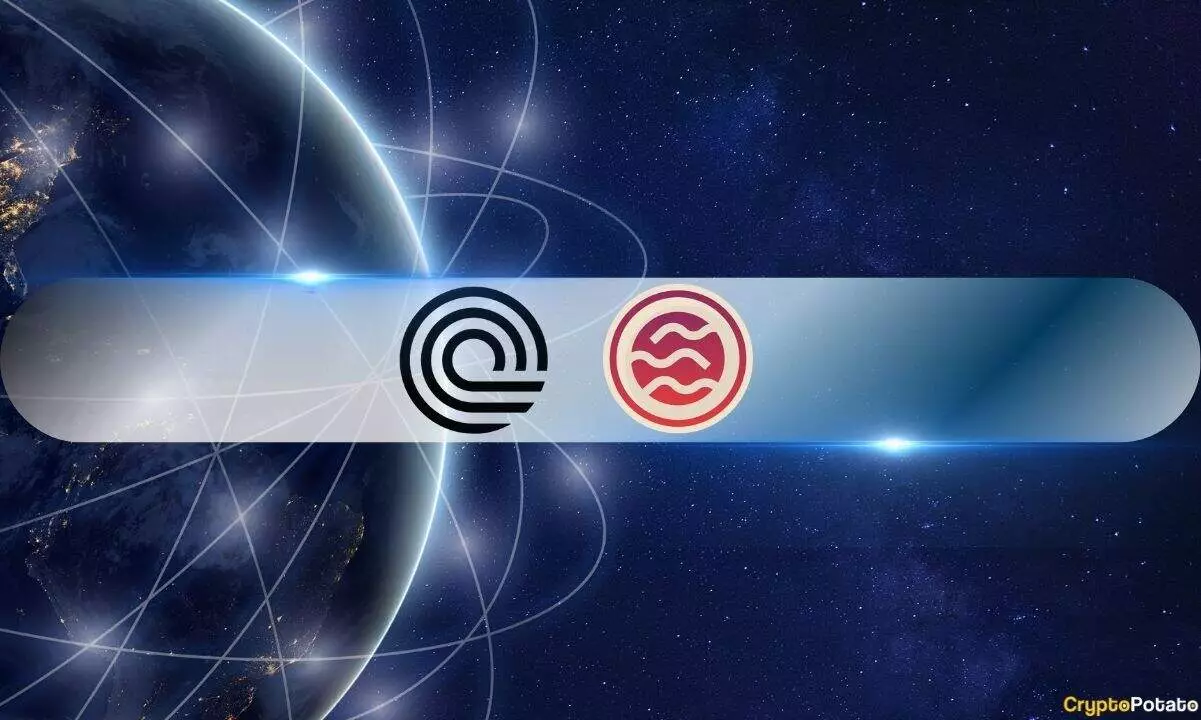In recent years, the financial industry has embarked on an ambitious journey to bridge the gap between traditional finance (TradFi) and the burgeoning world of blockchain technology. Ondo Finance’s latest innovation exemplifies this movement—launching the first-ever tokenized U.S. government bonds on the Sei network. This isn’t just a technological upgrade; it’s a bold attempt to disrupt the core principles of financial safety and stability. While proponents herald this development as a monumental step towards efficiency and accessibility, skeptics warn that it could introduce unforeseen systemic risks and undermine established regulatory safeguards. The question isn’t just about technological feasibility but about whether this venture is a prudent evolution or a reckless leap into uncharted waters.
Tokenized Treasuries: A Double-Edged Sword
At its core, the USDY token represents a digital claim backed by short-term U.S. Treasuries and bank deposits—assets historically regarded as the pinnacle of safety in the investment world. By fractionalizing these assets on the blockchain, Ondo aims to create a more accessible and liquid form of government bond ownership. On the surface, this innovation democratizes access to a proven safe haven, potentially expanding participation beyond institutional investors to retail players. However, the very act of tokenization magnifies certain risks. The transfer and settlement mechanisms of traditional Treasuries are well-understood, heavily regulated, and backed by a complex web of legal safeguards. When these assets are digitized and traded on a decentralized network, the question of regulatory oversight, custody security, and counterparty risk becomes significantly murkier.
The fundamental concern is whether the underlying assets, now represented by tokens, retain their safety and liquidity. The rapid growth of the Real-World Asset (RWA) sector—tripling in value within a year—is impressive, but it often outpaces the maturity of the underlying legal and operational frameworks that support these assets. Smaller investors, lured by easy yields, may not fully grasp the risks of underlying asset mismanagement or the potential for systemic shocks if the infrastructure proves vulnerable.
The Promise of DeFi Meets Institutional-Grade Assets
What makes Ondo’s project particularly intriguing—and potentially dangerous—is its blending of real-world assets with decentralized finance (DeFi). While the DeFi space has often been criticized for its volatility and lack of consumer protections, integrating stable, tangible assets like Treasuries could serve as a stabilizing force. It signals an ambitious attempt to elevate DeFi from a speculative playground to a serious financial ecosystem capable of supporting institutional capital.
Yet, the optimism surrounding the Sei network’s growth—climbing from $85 million to nearly $700 million in TVL in a year—is not without its pitfalls. Rapid TVL expansion suggests strong demand, but also increases exposure to network vulnerabilities, regulatory scrutiny, and market shifts. The significant interest from major firms like Fidelity and Chainlink demonstrates that the sector is entering a more mainstream phase, but it also invites the risks associated with broader institutional participation—risks that could spill over into the entire DeFi ecosystem if not managed with rigorous oversight.
The Future of RWA: A Contested Frontier
The mobilization of traditional assets onto blockchain platforms is complex. While tokenization promises efficiency, transparency, and broader liquidity, it also challenges the fundamental legal and operational frameworks that have long underpinned traditional finance. Critics warn that without appropriate regulations and safeguards, the industry risks creating a fragile house of cards built on technological novelty rather than stability.
The enthusiasm of industry leaders for this disruptive wave must be tempered by a clear-eyed assessment of the potential for abuse, systemic risk, and regulatory backlash. This is especially crucial in a space where misuse or failure could have cascading effects—damaging perceptions of DeFi and setting back the very progress it seeks to accelerate.
Ultimately, RWA tokenization is a test of whether the financial industry can marry innovation with prudence. If managed properly, it could herald a new era of accessible, efficient, and resilient financial products. But if rushed or poorly regulated, it could become a cautionary tale—a stark reminder of the risks inherent in placing trust in unproven, rapidly evolving technology. The path forward demands a careful balance: innovation fueled by responsibility, and progress underpinned by safeguards. The industry’s challenge is to ensure that this revolution enhances stability rather than jeopardizing it.

